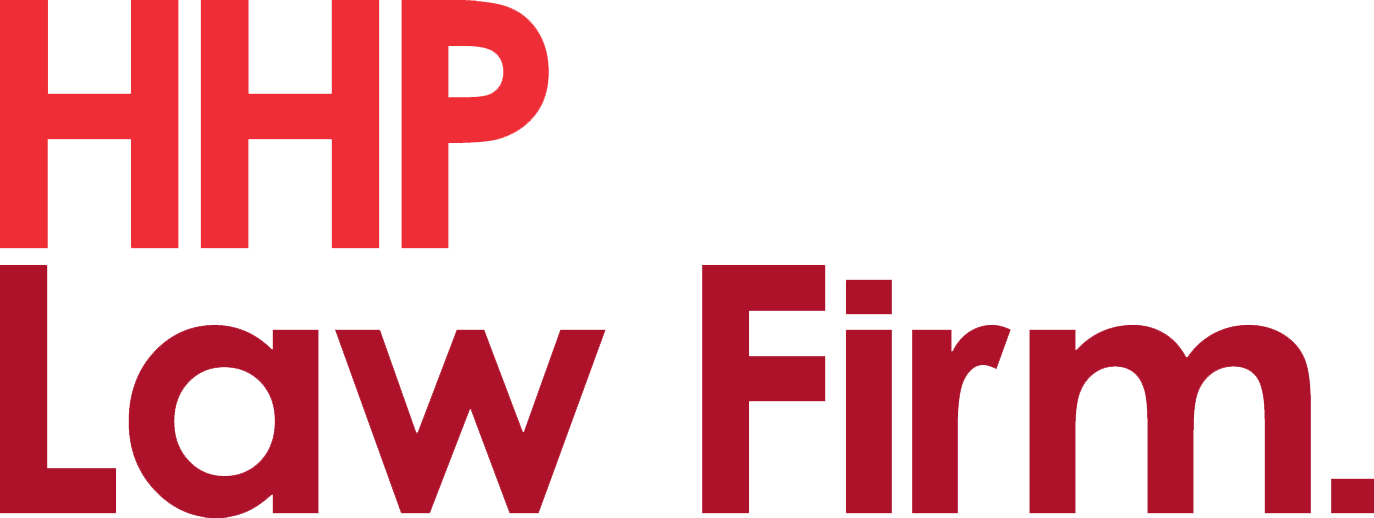Co-payment scheme
At the heart of the Circular Letter is the mandatory introduction of a co-payment scheme. From 1 January 2026, all health insurance products must require policyholders to bear at least 10% of the total claim amount. The co-payment is capped at IDR 300,000 for outpatient care and IDR 3,000,000 for inpatient care. Insurers may apply higher caps, provided these are clearly agreed with the policyholder and reflected in the policy terms. This move is designed to curb overutilization of benefits and promote more responsible healthcare consumption. While it marks a departure from the full-coverage models that have long dominated the market, it brings Indonesia in line with global and regional practices. Importantly, microinsurance products are exempt - a nod to the need for inclusivity and affordability at the lower end of the market.
Stricter eligibility for insurers
The Circular Letter also introduces higher operational standards for insurers. To be eligible to offer health insurance products, insurers must now show they are properly equipped - in terms of both people and systems. This includes employing medical professionals with doctor-level qualifications to support utilization reviews, having certified health insurance specialists on staff, and establishing a Medical Advisory Board (Dewan Penasihat Medis or DPM). Insurers are also required to implement IT systems that can exchange data with healthcare providers, support utilization review processes, and detect potential fraud. These measures reflect OJK's push for stronger clinical oversight, better data governance, and more disciplined risk management in the sector.
Product design is another area where the Circular Letter introduces more structure. It sets clearer expectations around benefit limits and waiting periods1. A standard waiting period of up to 30 days after the inception of the policy is now required, with the option to extend up to one year for critical or chronic conditions, as long as this is clearly stated in the policy terms.
The Circular Letter also distinguishes indemnity-based products between products with "inner limits" - where coverage is capped per benefit category - and "as charged" products that reimburse actual medical expenses, subject to annual or lifetime limits. This distinction is important for managing both pricing and policyholder expectations. The Circular Letter also encourages insurers to develop managed care models that offer a more integrated approach to healthcare - covering everything from preventive and promotive services to curative, rehabilitative and palliative care. This reflects a broader shift toward more sustainable and coordinated health financing.
Pricing flexibility
The Circular Letter give insurers more room to manage pricing by allowing premium adjustments at renewal, based on factors like claims history and medical inflation. This flexibility helps ensure that pricing remains aligned with actual risk exposure over time. That said, any changes made during the policy term still require the policyholder's consent. This strikes a practical balance - giving insurers the tools to manage portfolio performance, while maintaining transparency and fairness for customers.
Other operational obligations
From a compliance standpoint, the Circular Letter introduces a number of operational obligations that will require insurers to revisit and, in many cases, renegotiate their contractual arrangements with third-party administrators (TPAs), healthcare providers and digital service vendors. These agreements must now meet specific minimum standards set by OJK, including provisions on data confidentiality, service level expectations, and dispute resolution procedures.
In addition, insurers are now required to maintain comprehensive claim performance databases for a minimum of 10 years following the end of coverage. This long-term data retention obligation underscores OJK's focus on auditability and long-term oversight. Insurers must also begin submitting quarterly reports to OJK starting in the second quarter of 2026. These reports are expected to include detailed metrics on claims experience, loss ratios, and other performance indicators - all of which will likely inform future regulatory assessments and market conduct reviews.
What's next for insurers?
The Circular Letter provides a transitional period to allow insurers time to adjust. Existing policies can continue until the end of their term. However, for products that renew automatically, insurers must ensure compliance by 31 December 2026. This gives a clear window to review and align product terms, systems and internal processes with the new regulatory requirements.
For insurers, these compliance requirements are not just about ticking regulatory boxes - they also present a real opportunity to strengthen internal controls, enhance operational data quality, and foster more dependable partnerships across the health insurance ecosystem.
Insurers that start early - by identifying gaps, reviewing product portfolios, negotiating amendment to contracts and preparing operationally - will be in a stronger position not only to meet the new standards, but to compete more effectively in a market that's moving toward higher expectations and closer regulatory oversight.
1 A period of time a policyholder must wait after the policy's start date before they can claim benefits for specific situations or conditions.
* * * * *

© 2025 HHP Law Firm. All rights reserved. In accordance with a common terminology used in professional service organizations. reference to a "partner" means a person who is a partner, or equivalent in such a law firm. Similarly reference to an "office" means the office of any such law firm. This may qualify as "Attorney Advertising" requiring notice in some jurisdictions. Prior results do not guarantee a similar outcome

